Natural Remedies for Laminitis in Horses
Bodily Detox and Nutrition, the Cornerstone of Hoof Health
The journey to healthy hooves begins with a thorough detox. Horses accumulate toxins from various sources like vaccinations and chemical wormers. A targeted detox regimen may help to alleviate this burden on their systems. By supporting the liver and kidneys, we can effectively remove heavy metals and poisons, laying the foundation for robust hoof health. It is also important to consider selecting a high-quality nutrition plan that is low in sugars and proteins, ensuring ease of digestion, especially for senior horses with limited chewing capacity. No matter what you feed your horse, they may not be able to assimilate it’s benefits without a good detox first.
Recommended Detox Regimen: Give 15 drops of Natural Cellular Defence (NCD) Liquid Zeolite 4 times a day on a non-sugary treat such as an apple or carrot.
Amazing Easy Hoof Soak Detox
When it comes to laminitis, foundered horses, and general hoof health, discover the transformative power of hoof soaks! By combining warm water with Epsom salt, and Dynamite Liquid Trace Minerals, this concoction not only aids in detoxification but also addresses issues such as bruising, inflammation, and bacterial/fungal infections. The frequency of hoof soaks may vary based on the specific needs of the horse and the severity of the hoof issues.
Recommended Regimen: Mix 32oz of warm water with 1 cup of Epsom salt, and 2 full droppers of Dynamite Liquid Trace Minerals in a shaker bottle. Put a UC Davis soaker boot on the horse and fill the boot with the solution. Let rest for 1 hour. Repeat 3 days in a row at least two times a year.
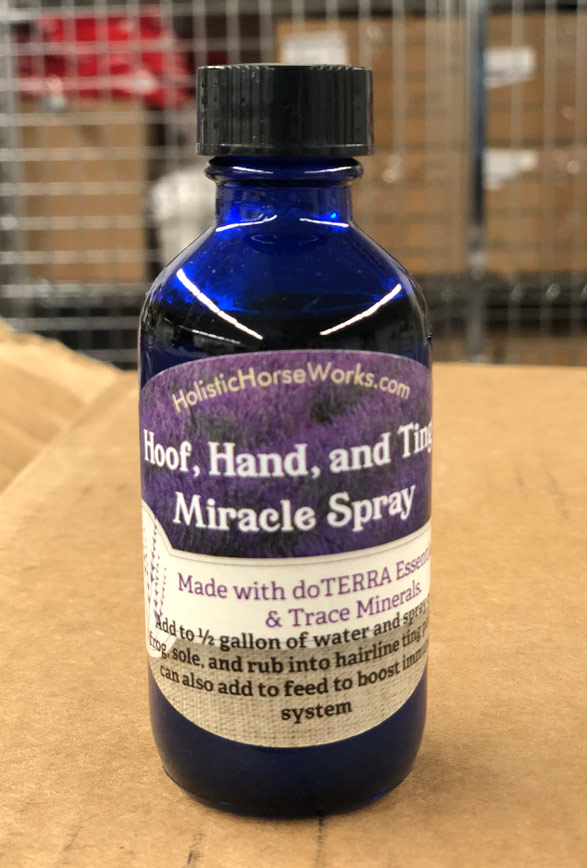 Hand, Hoof, and Ting Miracle Spray
Hand, Hoof, and Ting Miracle Spray
Holistic Horseworks Miracle Spray Recipe is a carefully formulated solution that goes beyond conventional hoof treatments, offering a two-pronged approach to hoof health. It not only addresses the physical conditions in the hoof such as infection and inflammation that leads to laminitis, foundering, and poor hoof health, but it also taps into the network of energy meridians. Each of the horse’s hooves is intricately connected to twelve key Ting points and associated meridians, impacting vital aspects such as heart, lung, digestion, and toxin elimination. By applying the Miracle Spray, you are nurturing not only the physical integrity of the hoof but also harmonizing the underlying energy systems. This holistic approach acknowledges the profound interplay between the physical and energetic dimensions, ensuring that the horse’s overall well-being is tended to.
Horse 102: Holistic Alternatives
What do you do when your horse is sick? Or injured? What’s the first step? What’s the second thing to do? Do you know? Well, here it all is in easy-to-follow suggestions that are very practical and effective as well as affordable! Suggestions in this book are much better ways to treat yourself and your horses at home with simple ingredients that speed up healing and may even help you save big money on vet bills.
Shop Now
Horses Are Talking, Are You Listening?
Holistic equine expert April Love wants you to know: your horse is speaking. And once you learn how to listen, everything changes. In her recent appearance at the Holistic Horse Conference, April sat down with Dr. Jeff Grognet and animal communicator Joan Ranquet to share her revolutionary approach to
How a Distance Reading CHANGED Kimberly and Her Horse
In this interview, holistic healing expert April Love uncovers the deep, often invisible threads connecting horse and human wellness. Join Kimberly, host of The Backyard Horse Enthusiast, as she shares her transformative experience with April's intuitive healing techniques.
Summer Travel Tips for Your Horse: Keep Them Happy, Healthy, & Hydrated
Traveling to summer shows and events can be exciting, but for our horses, it often comes with a heavy load of emotional and physical stress. Here are some key things to consider when prepping your horse for summer travel, and the strategies I’ve personally used to help mine stay
Mud Fever Prevention and Remedies
Mud fever, also known as pastern dermatitis, scratches, grease heel, etc., is a common skin condition in horses caused by a combination of wet and muddy conditions, bacteria, and fungi. It typically affects the lower legs, especially white ones, and, if not addressed properly. can cause discomfort and lameness.
Is It Really a Training Problem, or Is Your Horse in Pain?
If your horse bucks, resists the canter, or just feels off under saddle, the first thing many people assume is that it’s a training issue. Maybe the horse is being stubborn, or maybe it just needs more groundwork. But I want to let you in on something I’ve seen
Did You Know That Saddle Fit Issues Are Really Horse Body Issues?
Saddle fit isn’t just about the saddle — it’s about the ever-changing body of the horse beneath it. While it’s tempting to invest in custom saddles or quick fixes like padded inserts, lasting comfort and performance come from addressing the root of the issue: your horse’s physical balance and
Useful, Helpful Tips and Tricks for Horse Care | April Love’s Interview on The Backyard Horse Enthusiast
What would you do if your horse was limping, colicking, or spooking—and no one could tell you why? That question lit a fire in April Love that would grow into a global mission: helping horse owners uncover the root causes of mystery lameness, behavioral issues, and chronic pain that
How to Find the Cause of Lameness in Horses
When a horse shows signs of lameness, pinpointing the exact cause can be challenging due to compensatory mechanisms. Horses often redistribute weight and movement to avoid pain, making the actual injury difficult to locate. Here’s a practical step-by-step guide to help you identify the root cause of lameness in
5 Must-Know Hore Care Tips for Winter
In this comprehensive guide, we'll share five essential cold weather horse care tips straight from the experts at Holistic Horseworks.Whether you're dealing with freezing temperatures, icy conditions or relentless mud, these strategies will help you keep your horse happy and healthy through even the harshest of winters.
Dogs Love Bodywork, Too! (Prevents ACL Tears and Hip Displaysia.)
If you’ve ever watched your dog run and noticed something a bit off—like both hind legs moving together or noticeably dragging their toes—it might be more than just an aging issue or a minor injury. Proactively managing canine skeletal health can prevent long-term joint issues such as hip dysplasia

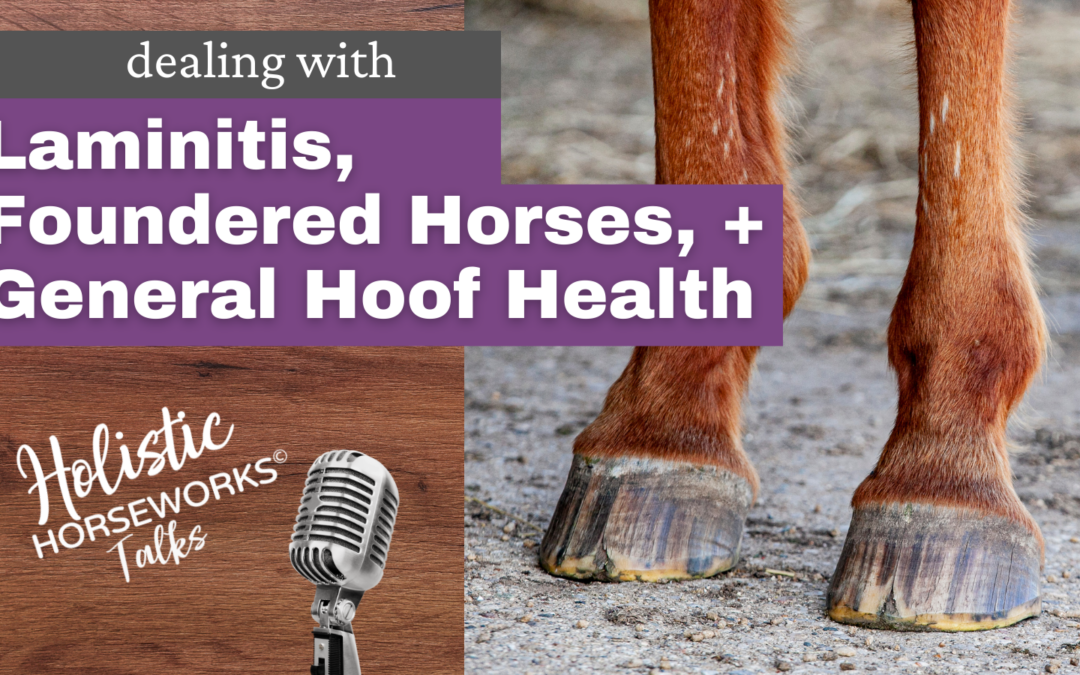
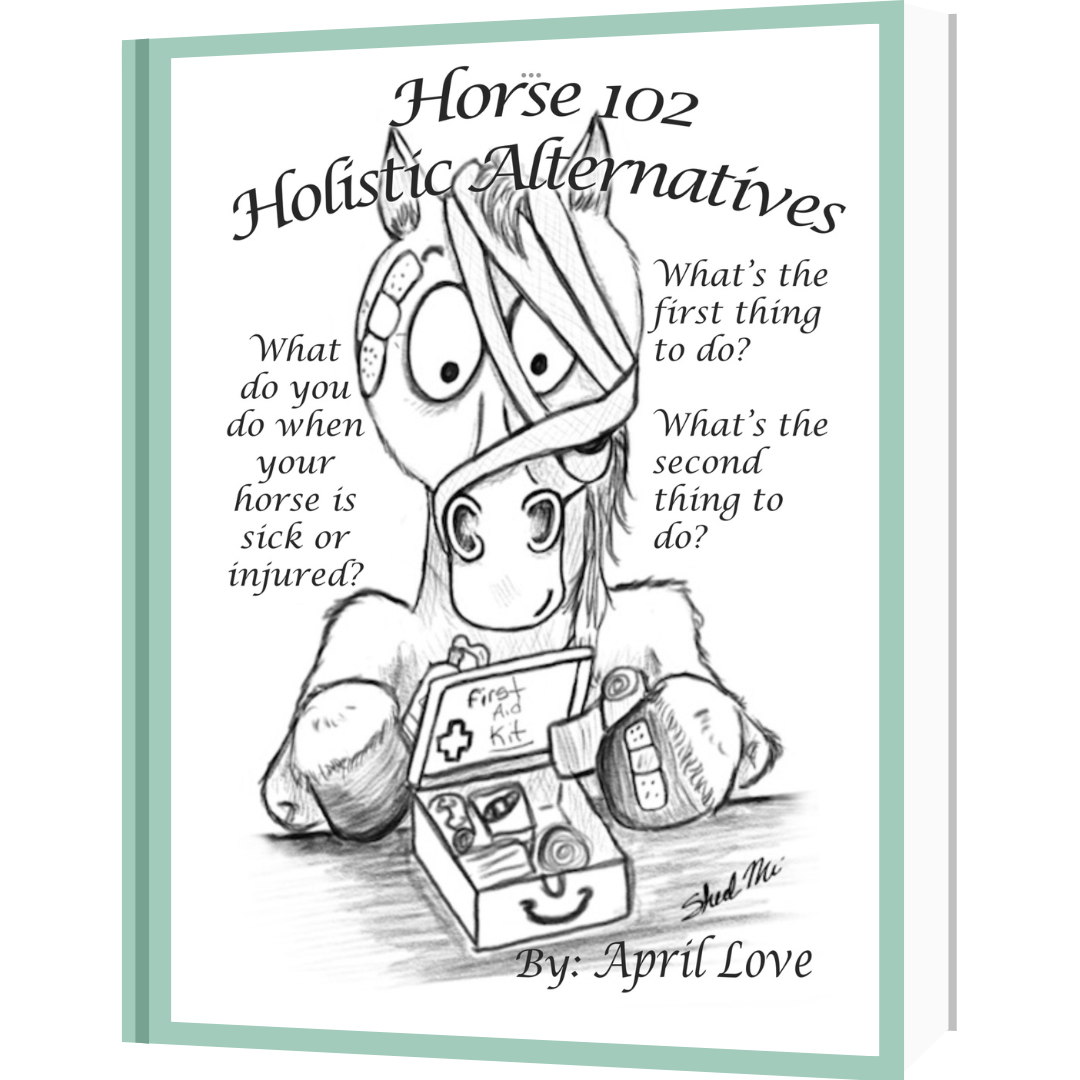
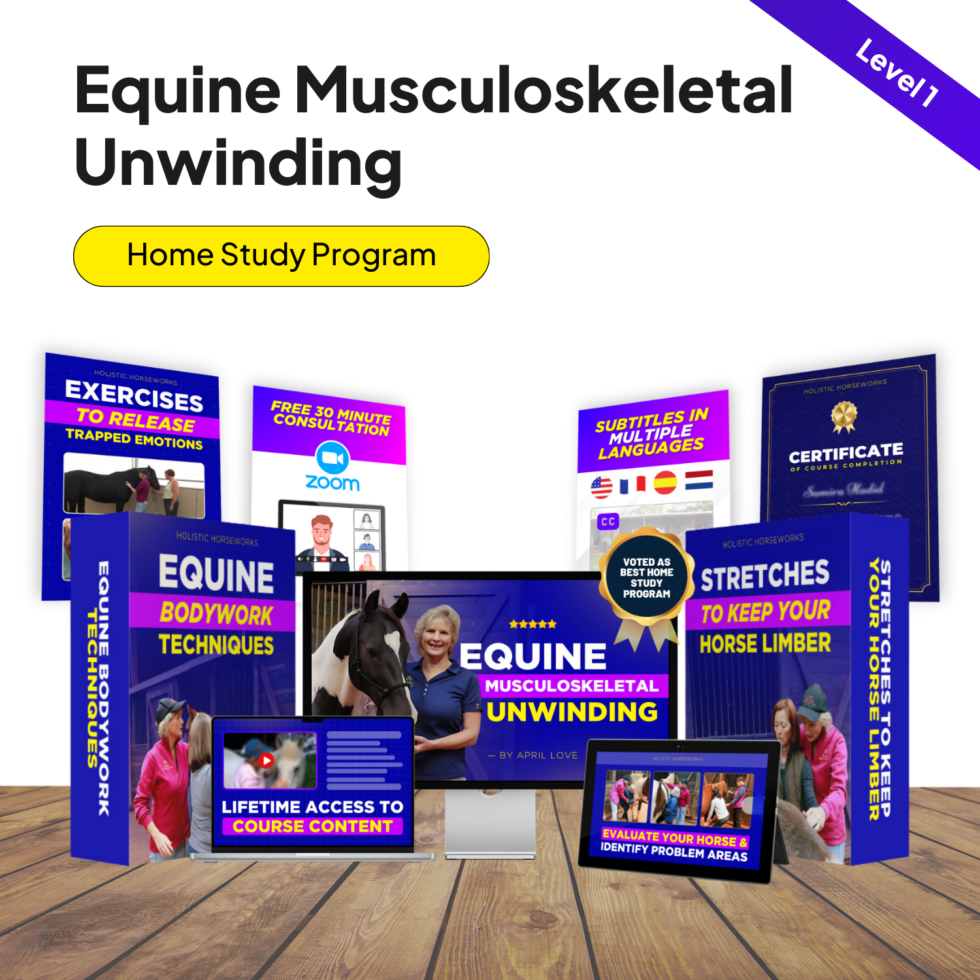
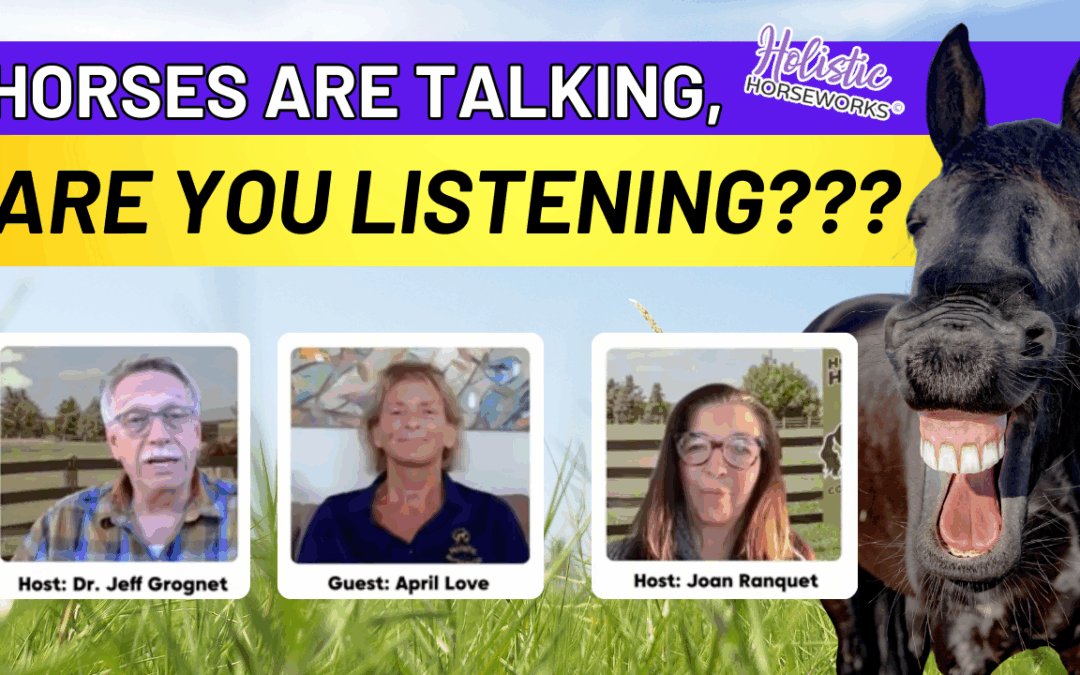
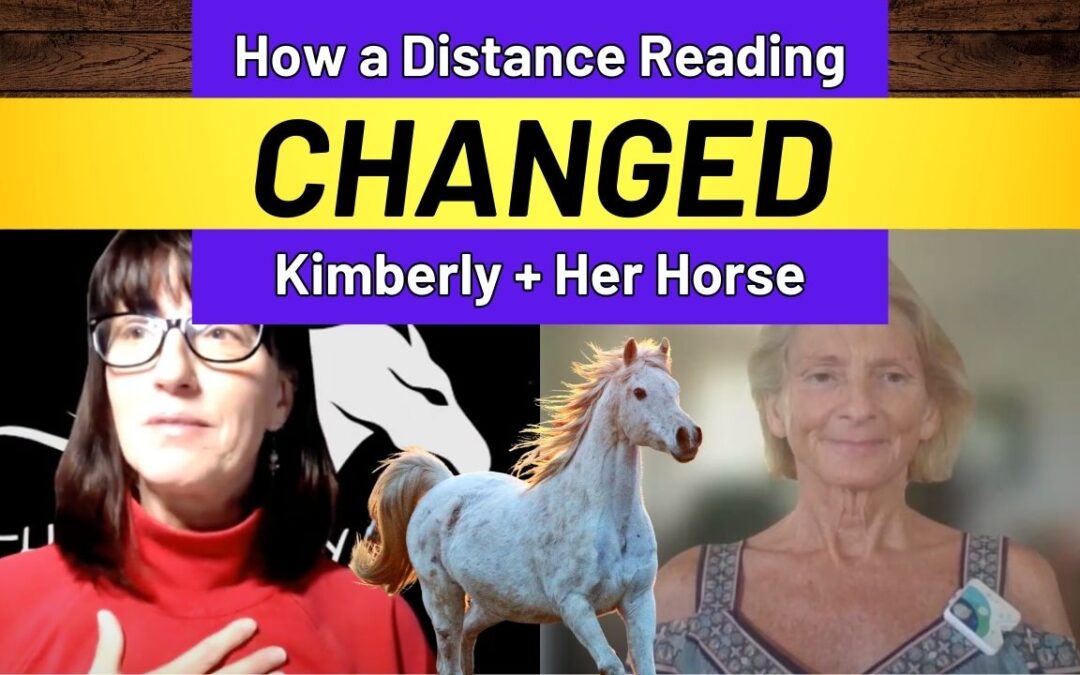

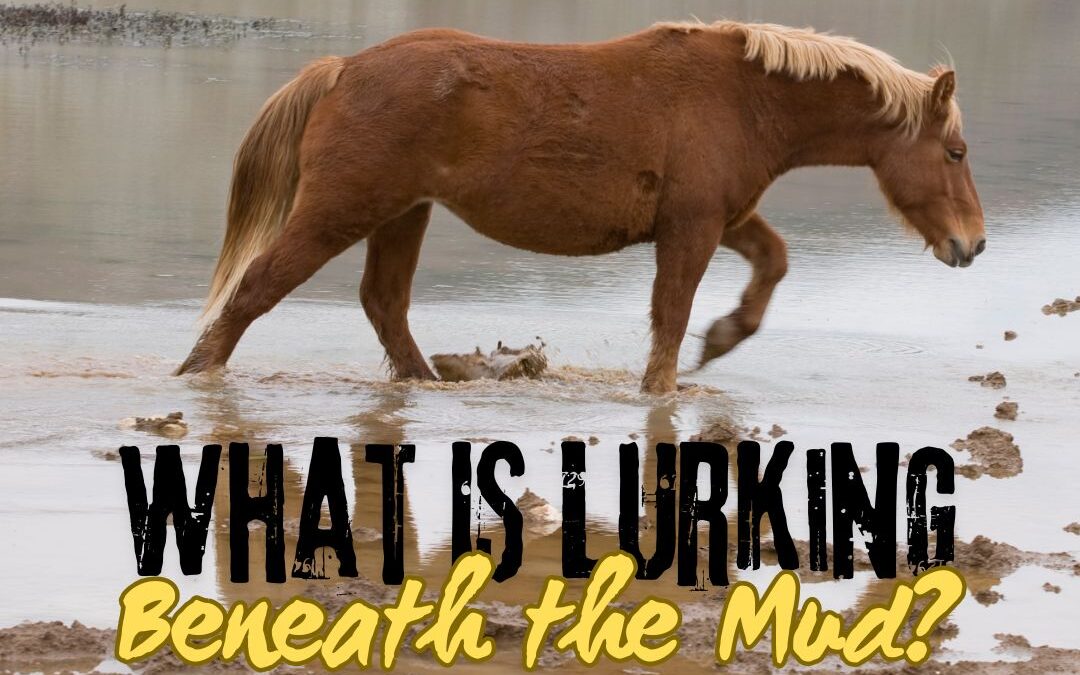
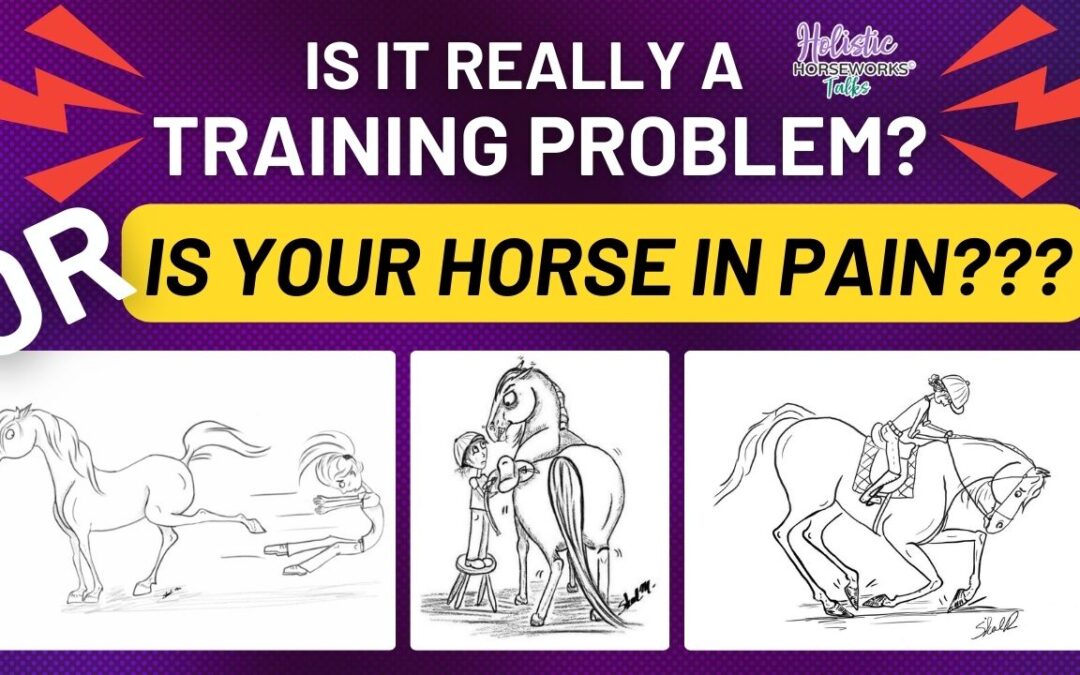

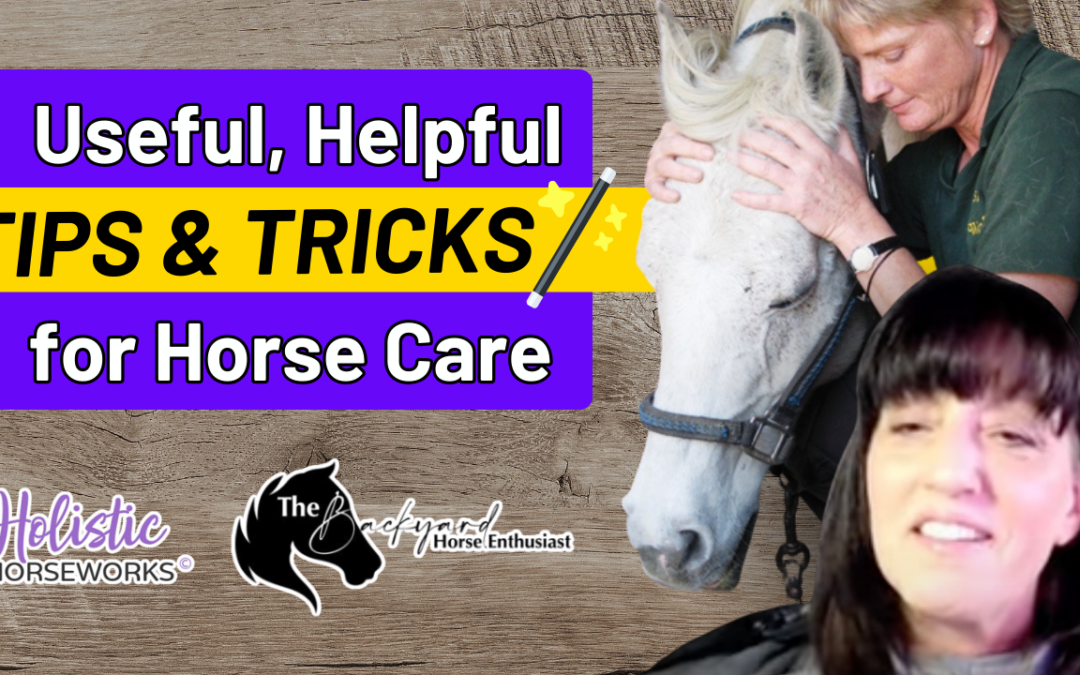
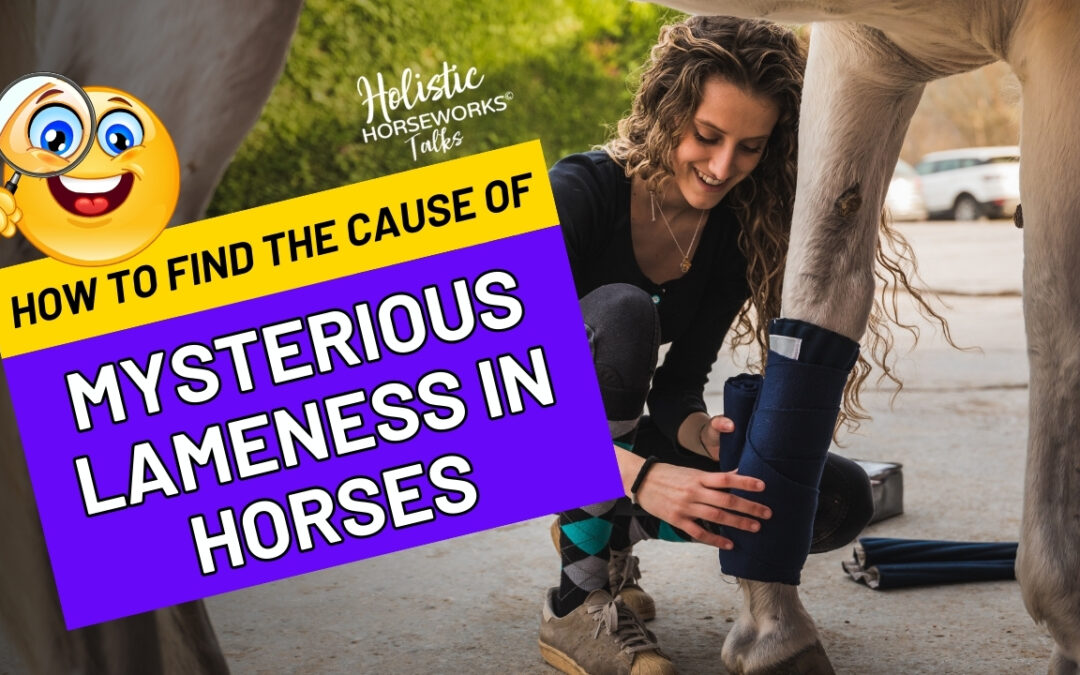
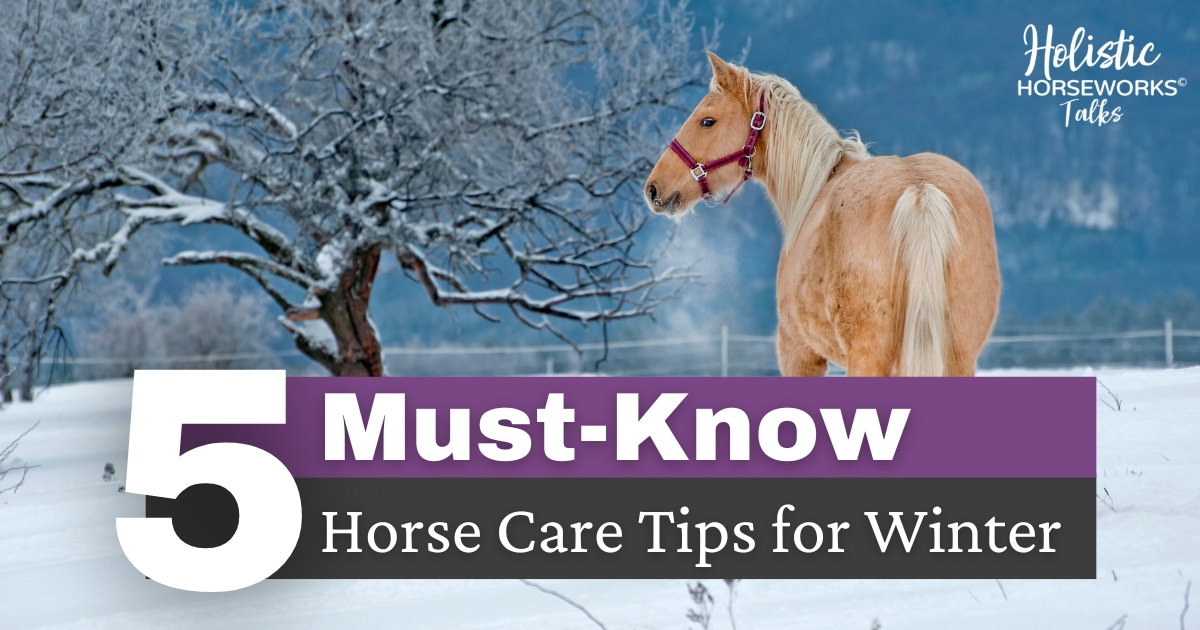
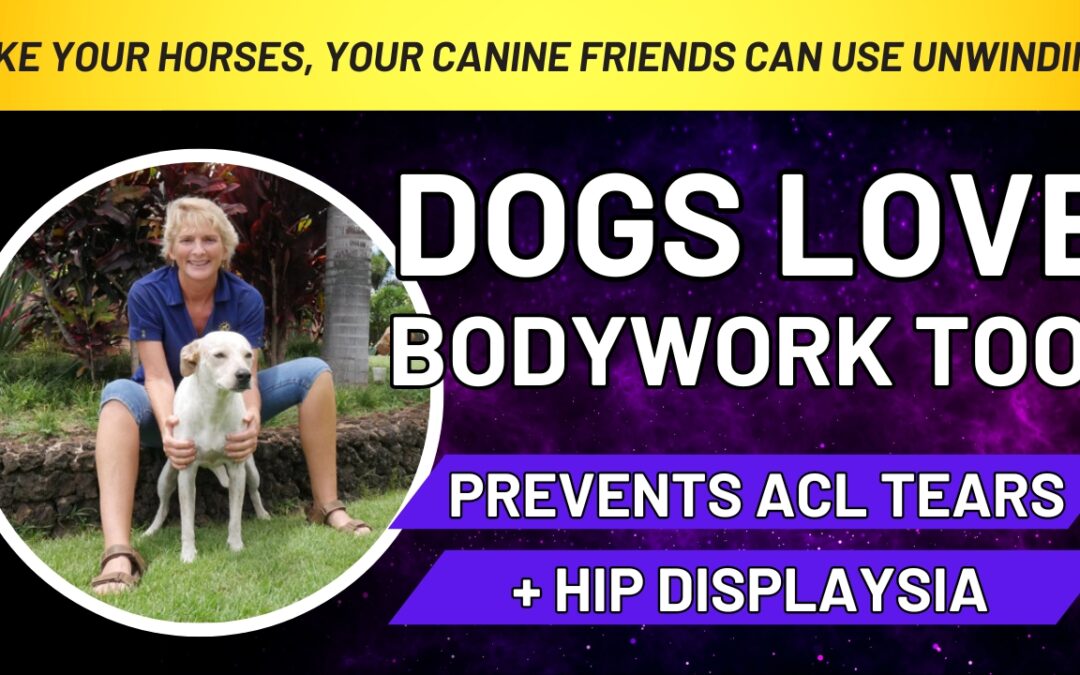
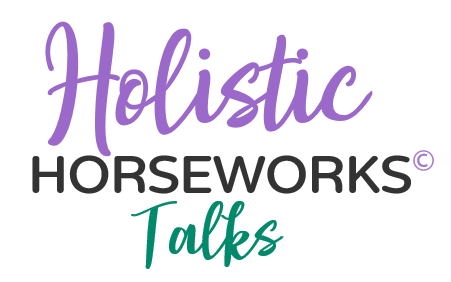
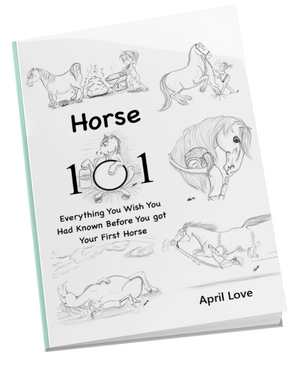
![Complete Level 1 & Level 2 Home Study + Private Training Package [NO DVD]](https://holistichorseworks.com/wp-content/uploads/2022/08/Level-1-and-Level-2-complete-home-study-and-training-package-400x400.jpg)
![Level 1 "Equine Musculoskeletal Unwinding" Home Study -Watch Instantly [NO DVD]](https://holistichorseworks.com/wp-content/uploads/2022/08/Level-1-Home-Study-400x400.jpg)
![Level 2 “CranioSacral Unwinding & Advanced Applied Kinesiology” Home Study - Watch Instantly [NO DVD]](https://holistichorseworks.com/wp-content/uploads/2022/08/Level-2-Home-Study-400x400.jpg)

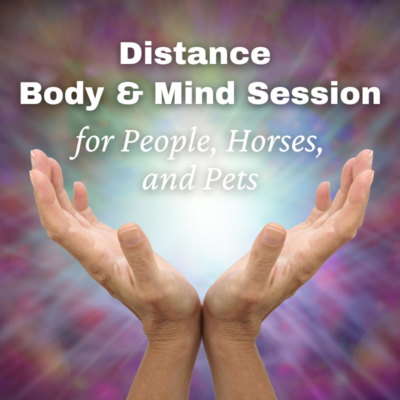
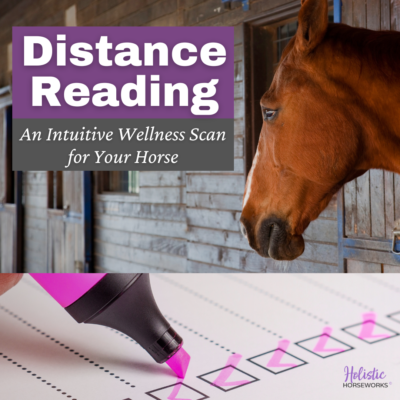
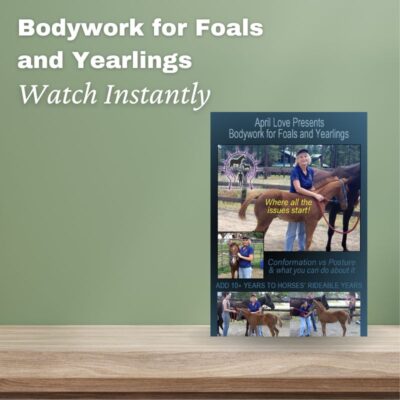
![Equine CranioSacral Energy Work -Watch Instantly [English and French]](https://holistichorseworks.com/wp-content/uploads/2022/09/equine-cranial-sacral-energy-work-watch-instantly-400x400.jpg)